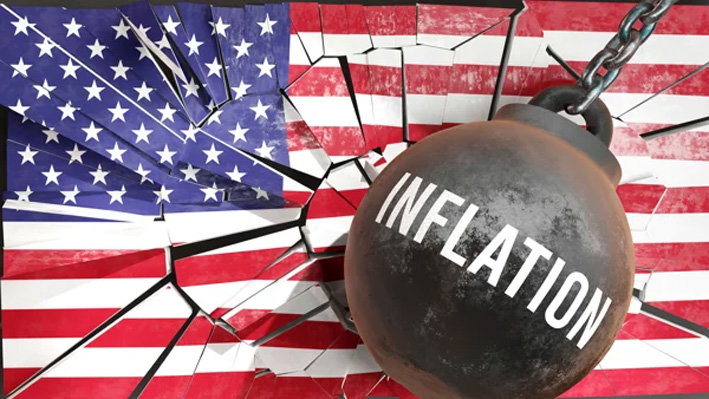By Craig Erlam
Investors may have underestimated the pace of disinflation this year if economic data this week is anything to go by, with US figures on Friday further enforcing the view that price pressures are stubborn and spending healthy.
The headline PCE price index brought the biggest surprise, jumping 0.4% on the month against expectations of zero increase. The core reading also brought an upside surprise, as did spending which jumped 0.8%, double the consensus view.
Suddenly, the jobs report next week looks like the last hope for the Fed pausing its tightening cycle next month and if recent data is anything to go by, no one can be feeling particularly optimistic.
The economy is showing incredible resilience and if it is turning a corner, it’s doing so painfully slowly. A soft landing is becoming harder to achieve and there’s an increasing risk that central banks will have to go much further and accept the economic consequences.
How sustainable is UK household spending?
The cost-of-living crisis in the UK is not having the dampening effect on household spending that many anticipated and Friday’s retail sales figures showed that once more.
Bad weather depressed spending in March and by more than initially thought, but it rebounded last month by 0.5%, maintaining the positive trend we’ve seen in recent months.
Resilience in household spending has been matched by an economy that has outperformed expectations and that positive feedback loop is probably encouraging consumers to keep going.
The question now is how long that can last as higher interest rates continue to filter into the broader economy, and as markets price-in much higher rates later this year as a result of better activity and higher inflation.
Lira hits new lows
The Turkish lira rose above 20 against the dollar for the first time on Friday, just 48 hours before the public goes back to the polls. The run-off between Tayyip Erdoğan, and Kemal Kilicdaroglu takes place on Sunday, and based on the first-round results, the incumbent looks like a firm favourite.
That is why the lira crumbled again this week, with investors forced to accept that an Erdogan victory means years more of experimentation with monetary policy and total disregard for the consequences.
A surprise on Sunday, on the other hand, could see a dramatic reversal on the open next week.
Oil markets volatile ahead of OPEC+
Oil prices are recovering slightly after a volatile week amid conflicting commentary from key members of the OPEC+ alliance.
From a “watch out” warning from the Saudi Energy Minister, to a suggestion that the group will not cut output next weekend, traders have been left a little confused as to what to expect.
It may be that Saudi Arabia wants to keep traders on their toes, but to make these comments and not follow through could be perceived as weak and see prices drift lower again.
Unilateral action may not pack the same punch as a group cut, although you wouldn’t put it past them.
Gold hit by stronger US inflation
Gold is paring losses at the end of the week, but still looks vulnerable to further declines amid more unfavourable data.
The US inflation, income, and spending data were another blow, indicating more resilience in the economy and stubbornness of price pressures. It’s a common theme this week and a concerning one for policymakers that hoped they could ease off the brake after a gruelling tightening campaign.
The yellow metal broke below $1,960 on Thursday, a loss of key technical support, before trying and failing to break back above on Friday in what could be viewed as confirmation of the initial move and a bearish signal.
If it continues to drift lower, $1,940 could be an interesting level of support, with $1,900 then being a notable psychological level.
Bitcoin correction continues
Bitcoin is relatively flat going into the weekend and coming under some pressure in recent days.
The cryptocurrency had been in consolidation after breaking lower earlier this month, but retested recent lows around $26,000 on Thursday, a level it remained above on Friday.
A move below could see attention shift back to $25,000 around the February peak, although even this would only represent a modest correction of the 2023 rally.
Craig Erlam is Senior Market Analyst, UK & EMEA at OANDA
Opinions are the author’s, not necessarily that of OANDA Global Corporation or any of its affiliates, subsidiaries, officers or directors. Leveraged trading is high risk and not suitable for all. Losses can exceed investments.







